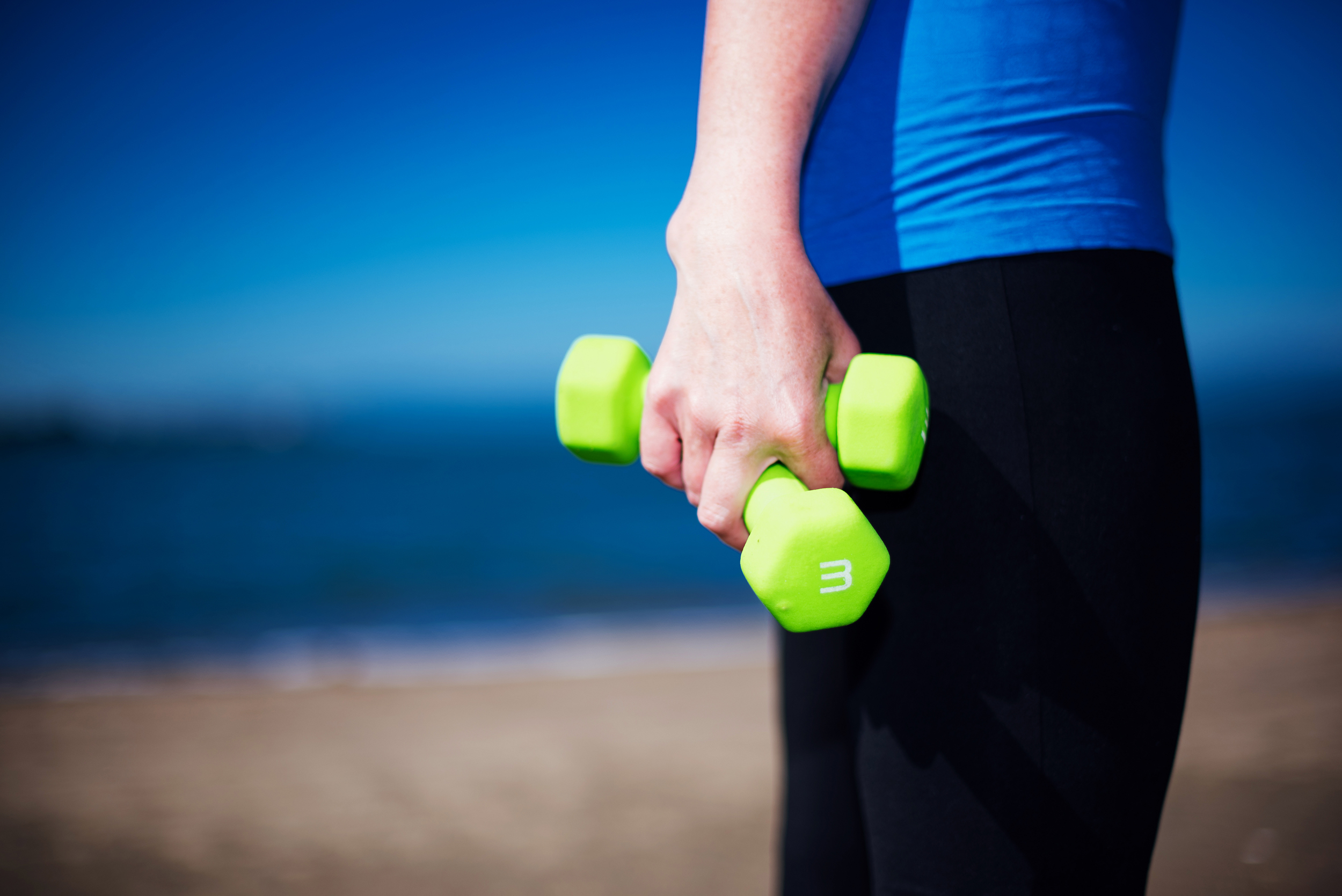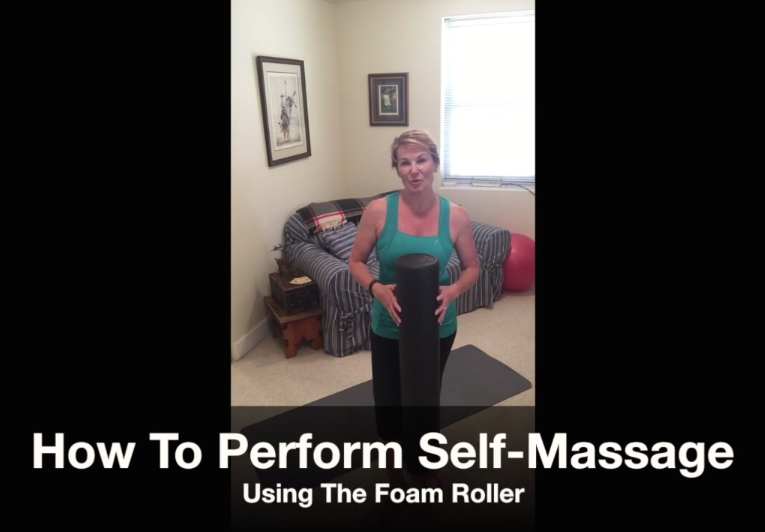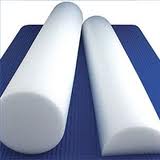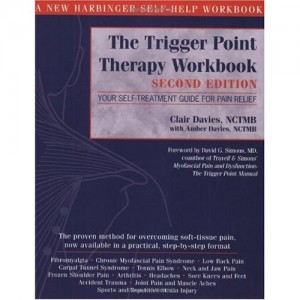
Ever wonder if it’s worth your time to train with light weights?
From time to time I’ll get a raised eyebrow from a client when I hand them a one or two pound weight. The look on their face says “What on earth are those tiny weights going to do for me? Why bother?” And then I get to explain the good news about weight training.
One of the key components to building muscle in the body is to work that particular group of muscles to fatigue. For years trainers have helped clients build muscle by starting them off with light weight and higher reps with a goal in mind of moving the client up in weight as they progress. Once a client is ready to move on to a heavier weight, the reps drop down and the load goes up. To this day, it’s still a formula that works.
But what about the clients that exercise regularly yet can’t comfortably lift that twenty five pound dumbbell? I’ve had whiplash multiple times throughout my life and, as a result of the injuries, lifting heavy weight repetitively can wreak havoc on my neck. To prevent myself from being in pain after a workout, I use light weights when I’m strength training with dumbbells. Fortunately, a recent study proves that I can still build muscle using the lighter weight. All I have to do is a few extra reps.
Recent Study Finds Lifting Light Weights Gains Big Results
The twelve-week study showed that people who lifted lighter weights for more reps were able to obtain the same gains in muscle that the group who lifted the more traditional way of heavier weights and fewer reps did. The fitness industry has known for a long time now that when you lift heavy weight, you recruit lots of big and small muscle fibers. This new study shows us that when you lift light weight, you won’t recruit as many fibers in the beginning of the set but as you do more repetitions you recruit more and more muscle fibers. With lighter weight, you’ll first recruit the small muscle fibers and then, as you begin to fatigue, you will compensate with the bigger ones. This is fantastic news and when I think about the science behind weight training, it makes perfect sense.
Another very important discovery was that testosterone (the participants were men) and human growth hormone flowed the same in the light weight high reps group as in the heavy weight lower reps group. It all had to do with fatigue. The reason this is such a big deal is because human growth hormone, produced in the pituitary gland in both men and women, is involved in building muscle and telling the body to burn fat. Keep in mind that building, repairing, and replacing muscle helps to slow the aging process.
I’ve been in the fitness industry for over twenty seven years and I’ve had the opportunity to work with people that have a significant amount of strength and others that are just getting started, are overcoming an injury, or who, for safety reasons, need to limit the amount of weight they train with. The results of this study show us that we can all benefit tremendously from strength training no matter what weight we are able to tolerate.
HOW YOU CAN APPLY STUDY TO YOUR EXERCISE ROUTINE
I’m not suggesting you give up your heavy weights or challenging body weight exercises if they are working for you. It’s important to note that strength is relative to the amount of weight you are lifting. For example if you are training with five pound weights, you may not be ready to lift that fifty pound box by yourself. What I am saying is that if you are someone who struggles with lifting heavy weights or it’s risky for your joints, you can lift lighter weights and gain big results from it. Choose a weight that feels tolerable and shoot for 25 repetitions. The final rep should feel like it’s an eight on a scale of one to ten. Always check with your doctor before starting a new exercise routine.
The fitness industry is constantly evolving. The news from these recent studies is a huge win for everyone that wants to build muscle.
Here’s to a happy and healthy muscle-building week!
With Love,
Jennifer




